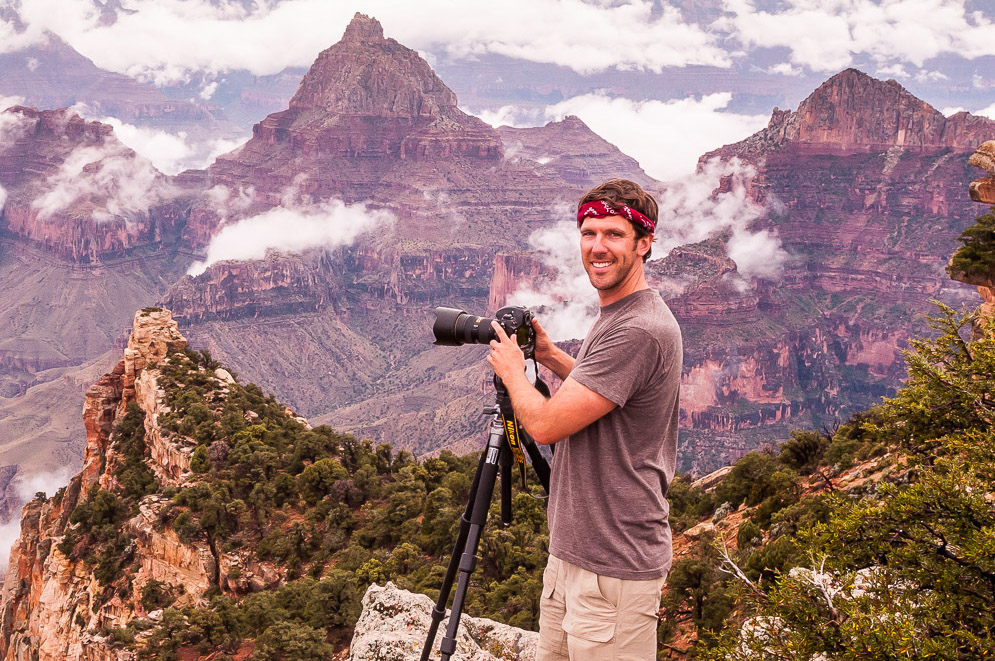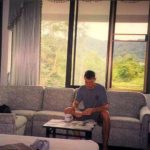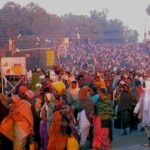James Kaiser is an award-winning travel writer and photographer whose work has appeared on the cover of National Geographic. He has written bestselling guidebooks to some of America’s most popular national parks, including Grand Canyon, Yosemite, Acadia, Zion, and Joshua Tree. James has also created a site featuring an unusual natural phenomenon, the Yosemite Firefall.
How did you get started traveling?
My parents are travel junkies, so from day-one I was along for the ride. In 1983, when I was six years old, our family moved to Tanzania for a month while my dad volunteered at a rural hospital. Our living room had a giant picture window with a spectacular view of Kilimanjaro. There was no turning back after that.
How did you get started writing?
After graduating from college in 1999, I went back to Maine (where I was born and raised) and wrote a guidebook to Acadia National Park. That was my first serious attempt at travel writing.
What do you consider your first “break” as a writer?
When Acadia: The Complete Guide came out, it flew off the shelves. It turned out there was huge demand for a good guide to that area. That was my first big break.
As a traveler and fact/story gatherer, what is your biggest challenge on the road?
I do a lot of physically demanding outdoor travel. At the end of the day, I just want to crash. But there are notes to take, photos to download, etc. Staying mentally sharp when I’m physically exhausted is a constant challenge.
What is your biggest challenge in the research and writing process?
I adore obscure, unusual facts. But finding them takes a tremendous amount of research in obscure, unusual places. It’s time-consuming, and often frustrating, but finding that nugget of gold to share with the world is a pure delight.
What is your biggest challenge from a business standpoint?
The power and dominance of Amazon continues to be a challenge for small publishers like myself. They set the rules, and they expect you to follow them exactly. But they have no problem changing the rules with little or no warning. From a consumer standpoint, they’re wonderful. From a supplier standpoint, they can be vicious. They’re very Jekyll and Hyde. I prefer shopping at local indie bookstores.
Have you ever done other work to make ends meet?
My last “real” job was slicing pizzas outside Acadia National Park when I was in college.
What travel authors or books might you recommend and/or have influenced you?
Rick Steves is my favorite guidebook writer. Some people don’t take him seriously, but what he’s doing takes tremendous talent and discipline. He makes it look easy. But it’s really, really hard. For narrative travel writing, A.A. Gill was off the charts. Totally fearless. He made Anthony Bourdain look conservative. (I also loved Bourdain.) Tom Wolfe, Hunter S. Thompson, and Michael Lewis are also fabulous travel writers, although nobody thinks of them that way.
What advice would you give to someone who is considering going into travel writing?
Take advantage of the explosion of digital media. When I started out, you had to navigate a gauntlet of old-school media gatekeepers. Now you can reach millions of people with the push of button. It feels normal, but it’s completely revolutionary, and it offers so many opportunities for ambitious travel writers.
What is the biggest reward of life as a travel writer?
The biggest reward—by far—is experiencing places in-depth. Most people struggle to find a week or two to travel someplace wonderful. I get to spend a few months, or even years, experiencing those same places. In a world where everyone’s rushing, that’s the ultimate luxury.





